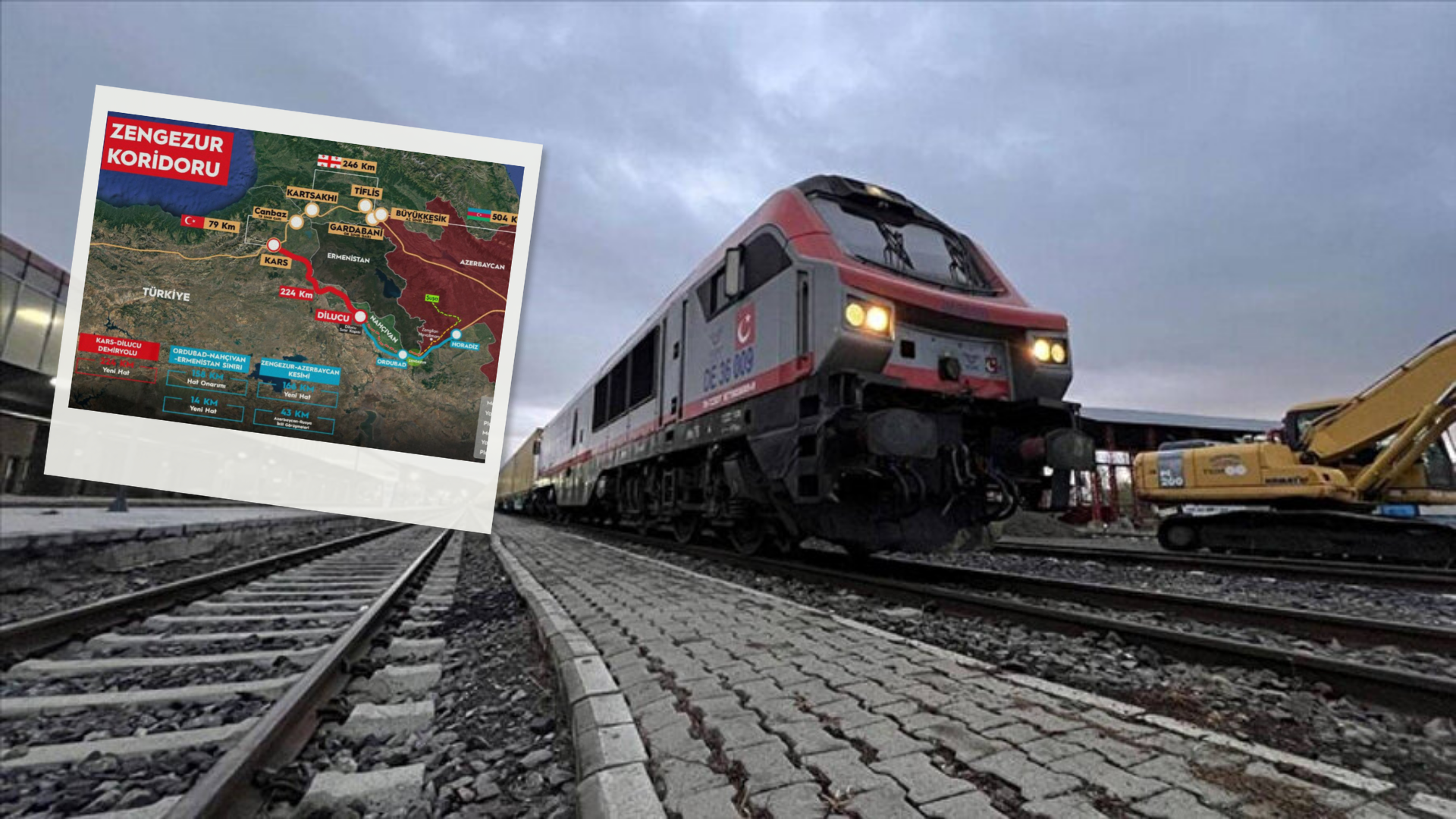Iğdır breakthrough: Türkiye launches railway shaping Eurasian connectivity through Zangezur

As months pass, the Zangezur Corridor, recently rebranded as the Trump Route for International Peace and Prosperity (TRIPP), is starting to take concrete shape. Beyond its physical infrastructure, the project carries strong geopolitical and economic implications. It bolsters Türkiye’s ambition to become a central geostrategic hub between Europe and Asia, while also signaling the possibility of new dynamics in regional cooperation—including with Armenia. If completed within the projected four to five years, the railway could significantly reshape trade flows, logistics efficiency, and the socio-economic landscape of the South Caucasus and beyond.
Access to paid information is limited
Find the plan that suits you best.
1 month subscription
Full digital access to all news for 1 month
3 months subscription
Full digital access to all news for 3 months
6 months subscription
Full digital access to all news for 6 months
1 year subscription
Full digital access to all news for 1 year
Here we are to serve you with news right now. It does not cost much, but worth your attention.
Choose to support open, independent, quality journalism and subscribe on a monthly basis.
By subscribing to our online newspaper, you can have full digital access to all news, analysis, and much more.
You can also follow AzerNEWS on Twitter @AzerNewsAz or Facebook @AzerNewsNewspaper
Thank you!

